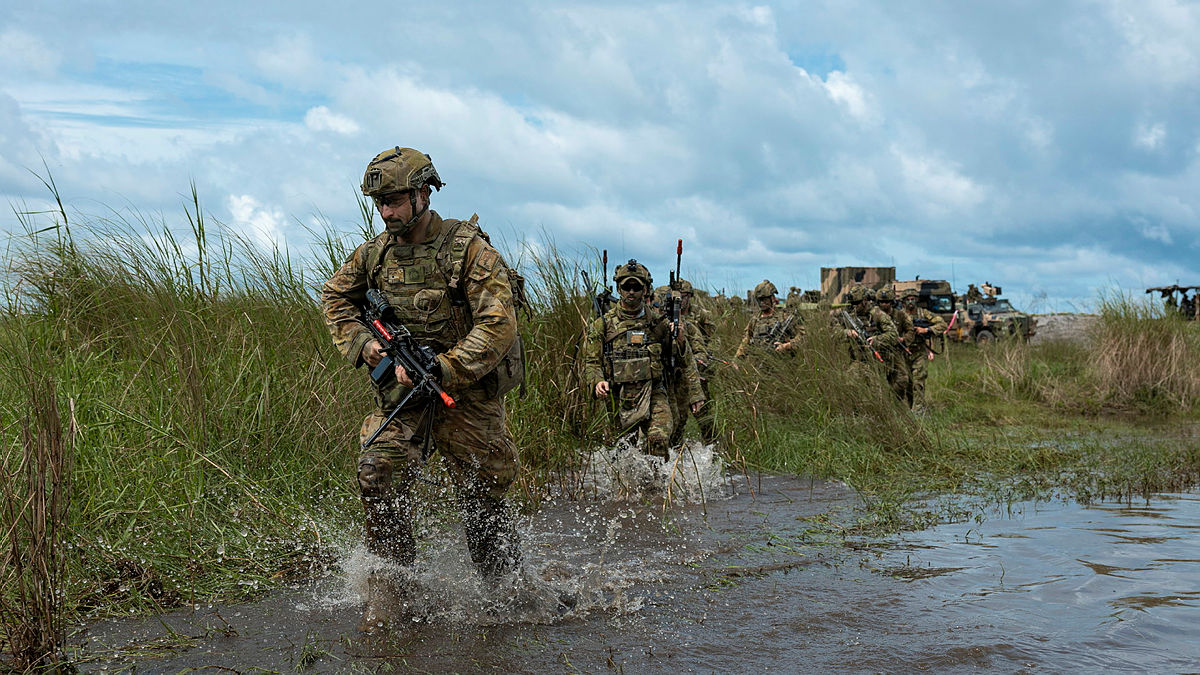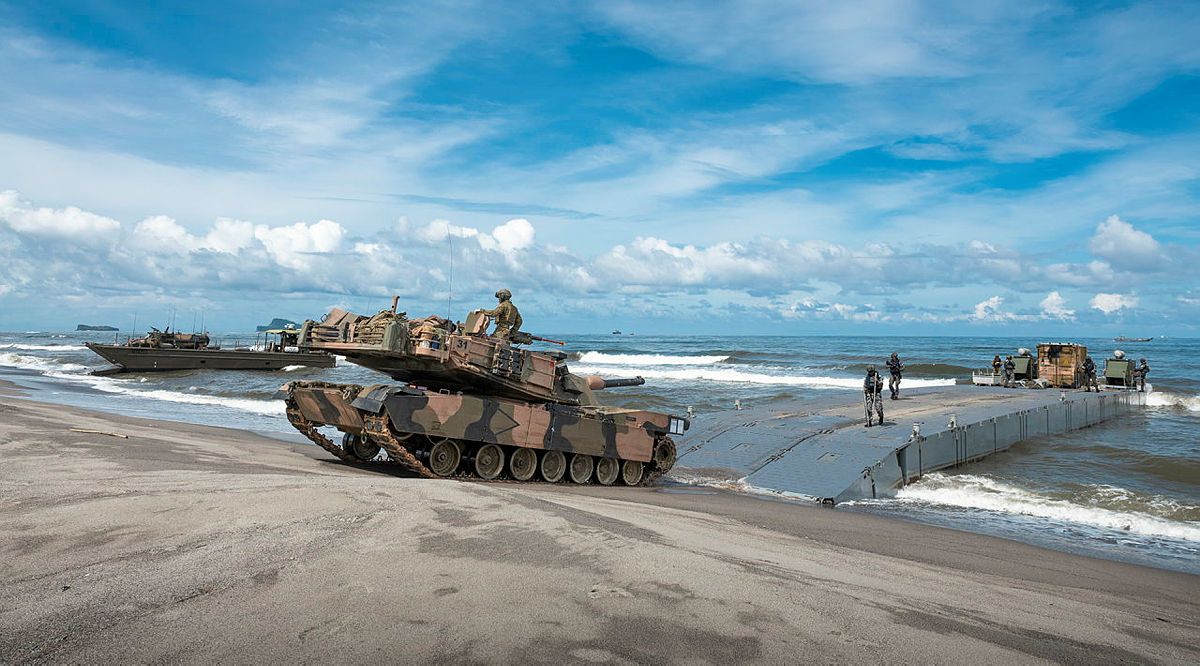
The Australian Army is slated to shift its focus to the littorals after announcing last week several major changes, which include the redeploying a sizable portion of soldiers and equipment across the country and optimizing several brigades for littoral and amphibious missions.
“These changes will deliver world-class, relevant and credible combat capabilities that are focused and optimized for operating in the littoral environments of our region, on land, at sea and in the air,” said Acting Chief of Army Maj. Gen. Richard Vagg.
The Australian Department of Defence announced these changes in response to the 2023 Defence Strategic Review, which was written to address the changing strategic environment across the Indo-Pacific. The review found that the Australian Defence Force’s current structure and capabilities were “not fully fit” for addressing the nation’s security concerns.
The DSR recommended it to be “optimized for littoral operations in our northern land and maritime spaces and provide a long-range strike capability.” Aside from reducing the procurement of infantry fighting vehicles and self-propelled howitzers, some of the top recommendations for the Australian Army were to speed up the procurement and increase the quantity of HIMARS, land-based maritime Strike systems and amphibious vessels.
Last week’s announcement highlighted significant changes to the mission sets of the 1st, 7th and 3rd multirole combat brigades, which will become more specialized.
The 1st Brigade will be transformed into a light combat brigade, which will allow it to be “light, agile and quick to deploy in the littoral environment” and “support land-based long-range fires.” While Australia has ordered HIMARS, under LAND 4100 Phase 2 the Australian Army is looking to procure a land-based maritime strike capability. Contenders for the program include StrikeMaster, a Naval Strike Missile (NSM)–armed Bushmaster – similar in concept to the U.S. Marine Corps NMESIS – and long-range antiship missiles (LRASMs) surface launched from HIMARS.

The 7th and 3rd will become motorized and armored combat brigades, respectively. However, like 1st Brigade, the two also will focus on littoral and amphibious operations. To address these littoral missions, brand-new littoral lift groups are also slated to be created and collocated with the brigades in their respective basing locations. Littoral lift groups will host Army Littoral Manoeuvre Vessels, including both landing craft medium and heavy, which will be procured in Phases 1 and 2 LAND 8710. In July during the 33rd Australia-U.S. Ministerial Consultations, U.S. Secretary of Defense Lloyd Austin announced that the U.S. Army will begin deploying watercraft to Australia, describing the move as “critical” for logistical missions between the two countries.
At the moment, 2nd Battalion, Royal Australian Regiment, is Australia’s premier and only amphibious-focused unit. With the changes announced last week, all three of the Australian Army’s active brigades will have either littoral or amphibious focuses.
“Our Army has always played a vital role in the defence of our nation and will continue to do so as it adapts to the challenges of our times,” Richard Marles, Australian Minister for Defence stated in a press release.
Last month, Australian troops deployed to the Philippines via HMAS Canberra for Exercise Alon, the first-ever bilateral amphibious exercise between the Philippines and Australia. The exercise culminated with an amphibious drill on Luzon, which saw Australian troops hit the beach with an M1A1 Abrams tank. Australian troops also deployed to Indonesia, where they participated in Super Garuda Shield 2023. This year’s U.S.-Indonesian–led military exercise involved almost 5,000 troops and observers from 19 different countries.
These changes come amid Canberra’s increased focus on defense and cooperation in the face of a changing security environment around Australia and across the Indo-Pacific, specifically regarding China and its actions in the region, with one 2022 incident involving a Chinese warship reportedly harassing a Royal Australian Air Force P-8A Poseidon with a laser. One of Australia’s more well-known efforts in strengthening its deterrence is AUKUS – a trilateral pact between Australia, the United Kingdom and the United States, which aims to deliver nuclear submarines to the Royal Australian Navy by the 2030s.





